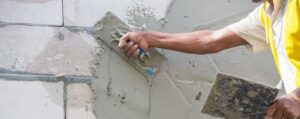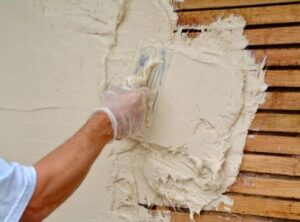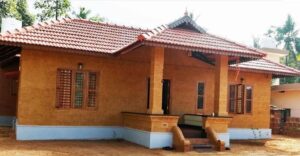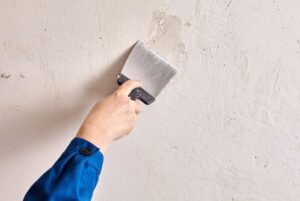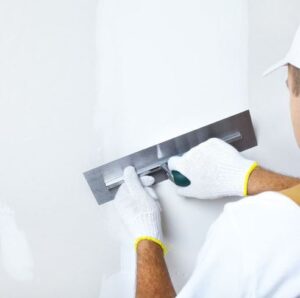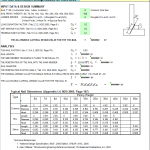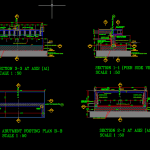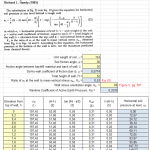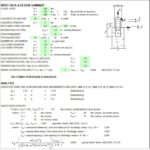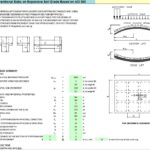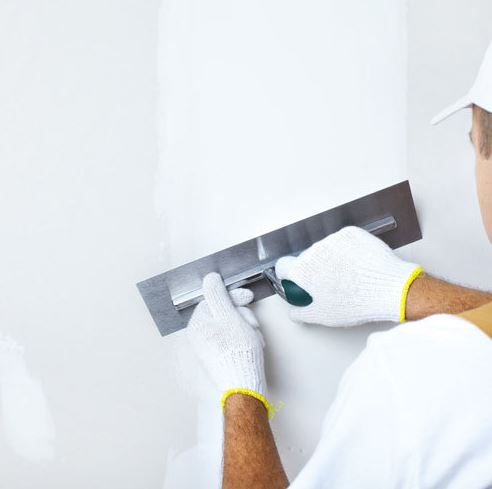
The Common Types of Plastering
4 January 2022Table of Contents
The Common Types of Plastering
Introduction
Plastering is the process of covering the walls with plaster. The main purpose of doing plastering is to provide a smooth finishing surface and for avoiding deterioration of the walls.
Plaster is a plastic material that is a mixture of cement, sand with water. A good plaster should not show any volume change after drying and should not develop cracks. It also helps in making the structure weather resistant and durable. Plastering can be done on external as well as internal walls.
The choice of ratio of cement mortar for plastering can be chosen on the basis of requirement. In this article, we will discuss the various types of plastering in a building.
Types of Plastering
There are different types of plastering used in construction:
- Cement plastering
- Lime plastering
- Mud plastering
- Stucco plastering
- Gypsum plastering
1. Cement plastering
Cement plastering is a type of plastering consisting of a mixture of portland cement, sand and water in appropriate proportion. The minimum thickness of cement plaster should be 10 mm. For brick walls, thickness plastering is between 15 mm to 20 mm.
Also, Plastering is applicable for both internal and external walls. Cement plastering is mostly suitable for damp conditions. It acts as a protective layer and avoids corrosion. For RCC surfaces, 1:3 or 1:4 cement plaster is applicable. For external walls 1:5 or 1:8 cement plaster is applicable. After plastering, to avoid the developing of cracks, curing is done.
2. Lime plastering
Lime plaster consists of lime, sand and water. Since it consists of lime it is called lime plaster. Non-hydraulic hydrated lime is used in Lime plastering. It is one of the oldest plastering methods. When comparing with cement plaster, lime plaster has low binding capacity and delay in setting. The ratio of lime and sand for this plaster is 1:3 to 1:4.
3. Mud plastering
Mud plastering is one of the cheapest types of plastering. Another name of mud plaster is earthen plaster. Before plastering, eliminate dust and scrap the surface for making it rough. Generally, mud plastering is done in two coats. The thickness of the first coat is 18 mm and that of the second coat should be 6 to 7 mm. This plastering is less toxic and eco-friendly.
4. Stucco plastering
Stucco plastering is a type of plastering that gives an aesthetic appearance. It consists of aggregates, binders and water. It is applicable for both internal and external walls. There are two types of stucco plaster, Modern and traditional plaster. Usually, three coats of stucco plastering are applied they are scratch coat, fine coat and finishing coat. The thickness of stucco plaster should be 25 mm.
5. Gypsum plastering
Gypsum plastering is a type of plastering where gypsum replaces with cement. This plastering provides good finishing for the surface. Gypsum is a binding material. The thickness of gypsum plastering can be 6 to 20 mm. An important characteristic of gypsum is they do not shrink during drying. Hence we can avoid the development of cracks. Gypsum plaster does not need curing. Also, it is white in colour, So it gives a good aesthetic appearance.

